This lesson serves to introduce students the concept of intersectionality to help them gain a new framework for better examining themselves and how they fit into the world around them.
Crash Course in Intersectionality
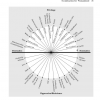

Instructional Resources for California Educators, Students, & Families
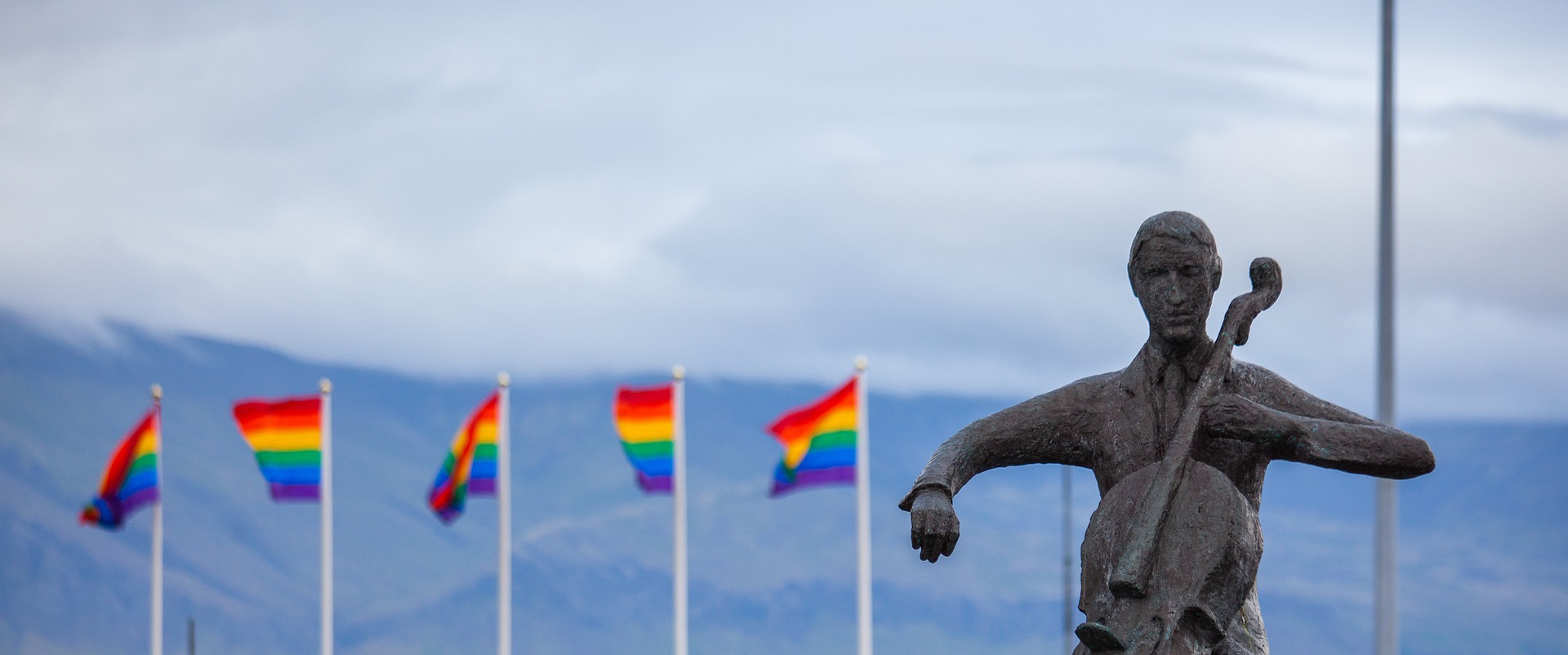
This collection of lesson plans is for California High School students, grades 9-12th.

This lesson serves to introduce students the concept of intersectionality to help them gain a new framework for better examining themselves and how they fit into the world around them.
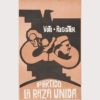
How did the black civil rights movement influence other activist movements of the late 1960s and 1970s?

While the battles of World War I primarily took part in Europe, the effects of the war reached around the world. Men, women, and children experienced the consequences of the conflict. Men volunteered or were conscripted into the military to fight on the battlefields. The success of each side’s military required not only manpower, but weapons, food, and supplies. These materials had to be produced at home or in the colonies, which required women to take on duties that were not considered feminine roles, such as working in factories and farming. Because entire societies were mobilized to support the war effort, World War I is considered a total war.
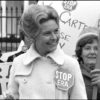
In this lesson, students will learn about changes and continuities in the 1920s, particularly focused on cultural and social areas. Students will analyze primary and secondary sources that explore race, gender, and sexuality in the 1920s.

The FAIR Education Act (Fair, Accurate, Inclusive, and Respectful Education Act) was passed in 2011 in California State Legislature. It advocates for the inclusive representation of LGBTQ and disability communities in California History and Social Science Curriculums. In this lesson, students will participate in pre-reading activities, close-read the SB 48 text and build community amongst peers in the classroom. By the end of the lesson, students will have examined the opinions of those in opposition of the bill and those in support of the bill, including the LGBTQ youth voices who advocated for themselves in the senate hearings (using the framework of Critical Media Literacy by Jeff Share). By highlighting youth agency, this lesson aims to both celebrate the people involved in passing this groundbreaking bill and to provide students with the language necessary to communicate what their rights are.
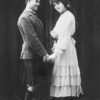
Students will engage in quote analysis, photo analysis, letter reading, and collaborative group discussions to answer the inquiry question, understanding the role that cross-dressing played in various soldier camps during World War I.
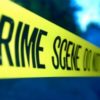
In this lesson, students learn to access, study and compare primary-source documents, to research and organize information and to plan, organize and execute a live performance.

In this lesson students learn about gender identity and explore the impact of rigid gender role expectations and stereotypes. Using various media—an audio interview and a video of a spoken word performance transgender people and issues are personalized and clarified for students. Students then discuss real-life scenarios depicting conflicts around gender expression in school settings, and brainstorm ways to be an ally to transgender and gender non-conforming people.
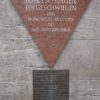
Students will examine personal testimonies in order to understand what conditions were like for homosexuals living in Nazi occupied Germany before and during WWII. They will also learn to recognize and analyze the ways in which homosexuals in Nazi occupied Germany responded to persecution and repression.
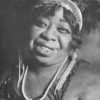
This activity is designed as a fun and interactive way to raise students’ awareness of LGBT people and the contributions they made in the history of the United States. Students will learn about key events in the LGBT civil rights movement. Students will have an opportunity to create signs regarding these events to spread awareness throughout the school.
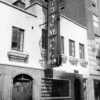
When police raided the Stonewall Inn, a gay nightclub in Greenwich Village, on June 28, 1969, gays and lesbians fought back. This marked a turning point in the struggle for gay and lesbian rights in the United States. And more than three decades later, the struggle still continues. In this lesson, students examine the issues that now surround the quest for gay and lesbian equal rights. They explore bias and negative stereotyping in the media and their effect on how gays and lesbians are treated. Along the way, students will examine their own biases and express their opinions on the topic of gay and lesbian rights in a newspaper editorial.
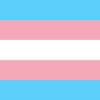
Over the past several years, there has been a dramatic increase in the visibility of transgender people and the understanding of transgender issues. Polls show that most Americans believe they know what being transgender means and overwhelmingly feel that our laws should protect transgender people. At the same time, transgender and gender non-conforming people face injustice in every aspect of their lives: at home, in schools, in workplaces, in doctors’ offices and emergency rooms and in public places like grocery stores, restaurants and hotels. This lesson will provide an opportunity for high school students to learn more about transgender identity and issues, the barriers faced by people who identify as transgender or are gender non-conforming and how we can make our schools safe and welcoming for transgender and gender non-conforming students.
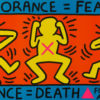
In this lesson, students research and create a timeline that illustrates how attitudes toward gay and lesbian issues have changed over the last 30 years.
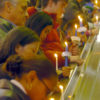
Students will learn about Matthew Shepard and Brandon Teena, two young men who were murdered because of their sexual orientation or gender identity. Shepard was targeted on the basis of his sexual orientation and Teena was targeted on the basis of his gender identity.
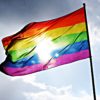
Students will learn about and experience the works of Audre Lorde and James Baldwin and discuss how and why someone might use their passions for activism.
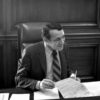
Students will learn about the life and accomplishments of Harvey Milk. Harvey Milk was an American politician who became the first openly gay man to be elected to public office in the United States. Harvey Milk used a simple problem that affected the everyday lives of San Francisco’s residents to gain support from people outside of the LGBTQ community and work on larger issues.
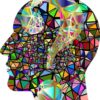
Students will learn about Billy Tipton, an American jazz musician and bandleader. He was born Dorothy Lucille Tipton. After his death, Billy was discovered to be female assigned at birth. Students will discuss whether you can be both out and “in the closet” and debate whether it was okay for Billy Tipton’s family to “out” him as trans after his death.

Students will learn about the history of Pride in the U.S. and Brenda Howard, an American bisexual rights activist who originated the idea for a week-long series of events around Pride Day that are now held around the world every June.